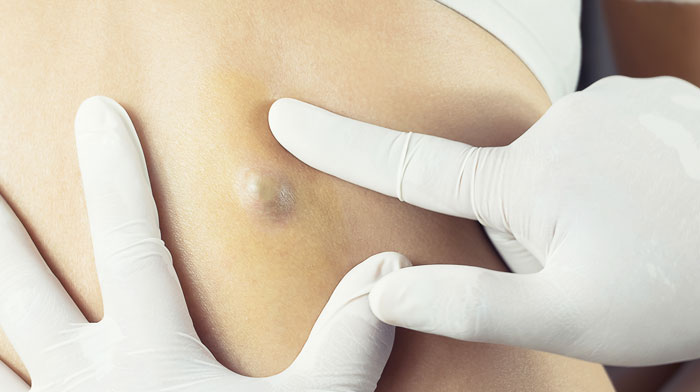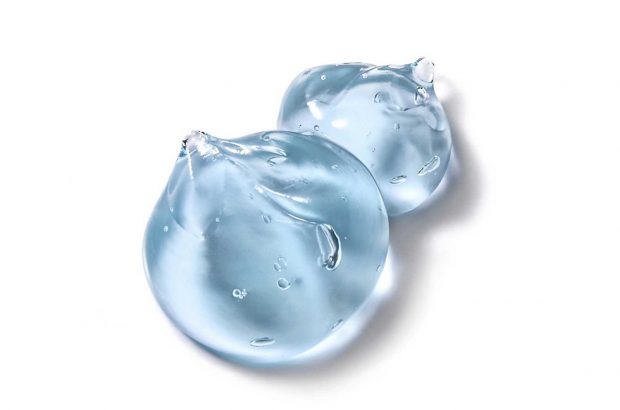
Cysts
Cysts are very common harmless lumps that appear under the skin and grow slowly. Dermatologists recognise two main types of cyst: pilar cysts, which usually appear on the hair bearing part of the scalp and epidermoid cysts, which can appear anywhere on the skin, especially the back or chest.
What treatments are available
The most effective treatment for a cyst is surgical excision which is undertaken by the dermatologist under local anaesthetic. This is usually effective, although occasionally cysts can come back.
Treatment leaves a scar, which is kept as small as possible and which usually improves with time. It is best to have cysts treated whilst they are still small and before they have had a chance to become inflamed or scarred, which can make excision more difficult.
Acutely inflamed cysts are sometimes best to be first treated with an injection of steroid to calm them down before surgery in undertaken a few weeks later.
How do Cysts form?
Cysts are thought to occur when the skin invaginates (pinches inwards). When this happens the normal skin cells that are usually shed from the skin surface, have nowhere to go and start to fill up the pinched-in pocket of skin. This slowly fills with the skin surface protein (called keratin) and slowly enlarges like a balloon. Cysts tend to be painless and slowly increase in size, but occasionally the lining of the cyst can burst underneath the skin causing a sudden swelling to two or three times the size, with redness, pain and sometimes a smelly discharge of the cyst onto the skin surface.






